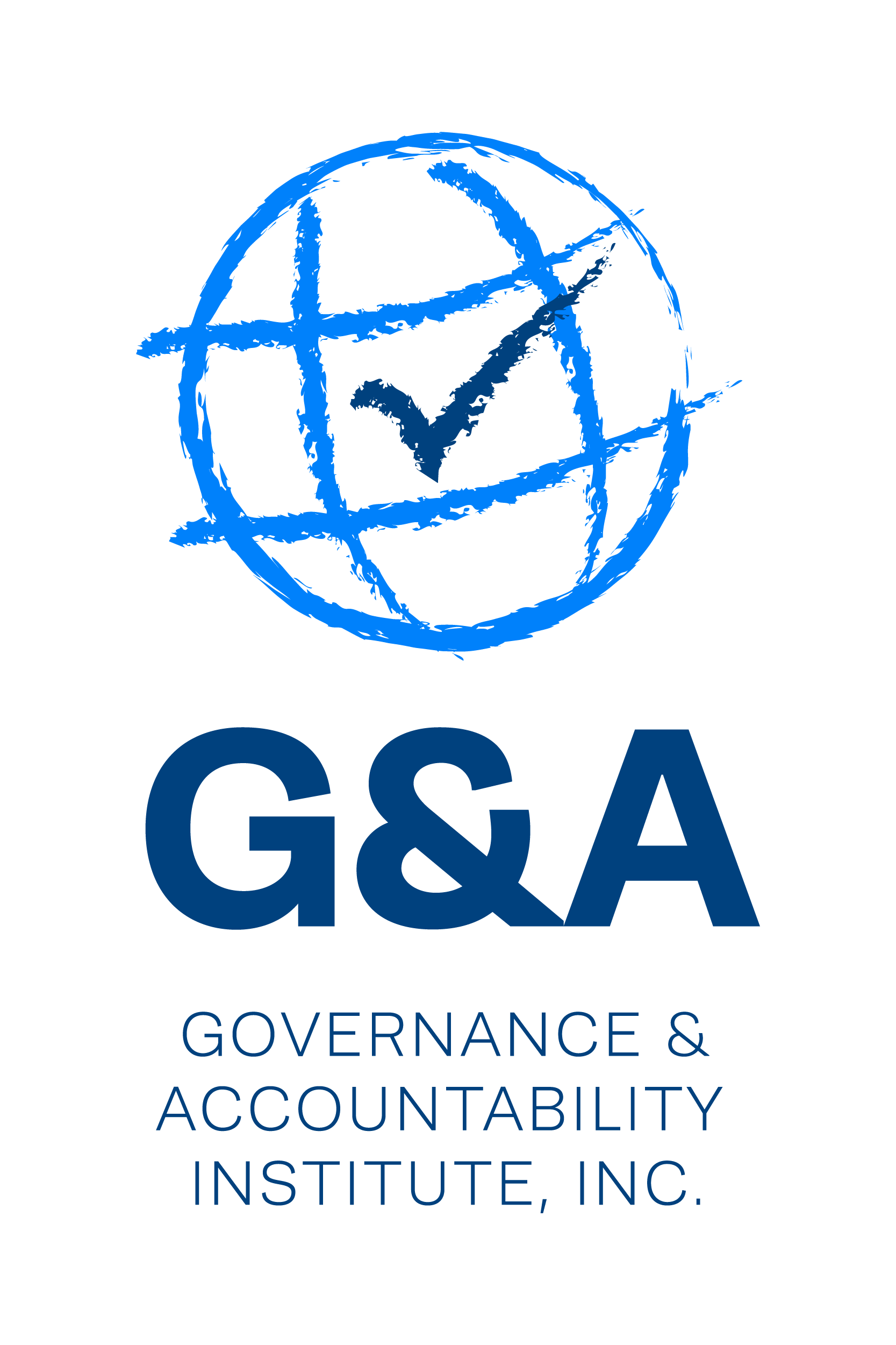Environmental Threats to Us and Mother Earth --- Seven Trends to Consider…and Develop Solutions From the Forum for the Future
G&A's Sustainability Highlights (04.25.2019)
Environmental Threats to Us and Mother Earth --– Seven Trends to Consider…and D…
This week we celebrated Earth Day. That first (1970) observance became a catalyst for action – soon after the first of a series of environmental-focused Federal legislation began to change dirty air to cleaner and then clean, and more laws to address a very unhealthy state of affairs in the U.S.A. (The Environmental Act, Clean Water Act, Clean Air Act, RCRA, etc.). But…the challenges for society have not gone away. The list of “hot ESG issues” grows by the week.
Once an ESG issue emerges and people begin to dive into the details, a range of sub-issues arises. In this corporate proxy season we are seeing top-line issues in focus and the underlying questions that investors have as they bring their resolutions to the companies for inclusion in the voting.
Example: Where “political spending” began as a broad issue the investors moved on to ask from where the company money was being spent directly (corporate donations to political party or candidate or PAC) to now, indirectly (is the company’s money going to business industry groups that lobby against shareholder interest – which ones, addressing what issues, how much money?)
Some environmental challenges of the 1970s are still with us (consider the impact of coal-burning, the state of plastics disposal, water treatment such as in animal husbandry and fracking) -- and more issues are in focus under the huge bundle we refer to as “climate change” issues.
The evolvement of ESG as an integrated approach for investor evaluation of companies has complicated life for many corporate managers. In the past, a large-cap would assemble the “top 10” issues list for the management team and their direct reports to address. For 3M, as example, “highway safety” and related issues under the heading in the past would be high on the list (the company’s important product offerings would be directly impacted by changes). Today, that Top 10 list is all about the materiality of the issue(s) for many investors and companies and how issues are measured, managed and reported to stakeholders.
In many large-cap companies a broader-based team will be busily shaping ESG strategy, policy, sustainability team practices and addressing issues-associated risk management on a much wider range of topics and subtopics.
Timothy McClimon, head of the American Express Foundation, brings us seven global trends – and their relevant issues – impacting the sustainability movement today. (You can think about how the seven impact your organization through the 2020s, the focus of the research and perspectives shared.)
He reviews the Forum for the Future’s report in a Forbes commentary. The report is “Driving Systems Change in Turbulent Times” – with major implications for “how” or even “if” we will be able to address current global “E” challenges. (Are patterns of behavior, structures or mindsets shifting toward or away from sustainability?) Consider:
First – the plastics kickback; we continue to produce and then dispose of eight million tons each year with no real change in sight. (We are adding tons of material that will go “somewhere” and have an impact on society.)
Second – Climate change and the impact on migration; large parts of the world are becoming less hospitable and more people will try to move to safer places. Mass migrations are ahead.
Third – around the world, Nationalism Marches Again; this is leading to fragmentation, intolerance, competition for fewer resources… complicated by growing inequality and a range of old and new “S” issues.
Fourth – We Live in the “On-Life” – by the end of this year, half of the world’s 7-billion-plus will be online, with issues arising (mental health, social cohesion, personal interaction, privacy and security, and more).
Fifth – The Rise of Participatory Democracy; cities and states lead the way in combating rising levels of protectionism and nationalism, which may usher in a new era of more local decision-making and civic participation.
Sixth – Asia’s Changing Consumerism; China leads the way with India, Japan, South Korea and Thailand close behind in moving more people into middle class. But, we are losing our global capacity to sustain them as the pursue the good life. Millennials may slow the trend in Asia (they’re more conscious consumers).
Seventh – Biodiversity is Now in Freefall; scientists see mass extinction of some plant and animal species and one-fifth of the valuable Amazon rainforest has disappeared. (Something has to give to make room for growing food to meet the needs of the growing Earth population.) Little is being done about this, say the report authors.
How can we meet these global environmental challenges – what principles can be adopted to preserve the good life so many of the citizens of Earth enjoy today? Some are spelled out in the Top Story for you.
Author Timothy J. McClimon is president of the American Express Foundation and serves on not-for-profit boards. He also teaches at New York University and at Johns Hopkins University.
This is just the introduction of G&A's Sustainability Highlights newsletter this week. Click here to view full issue.

